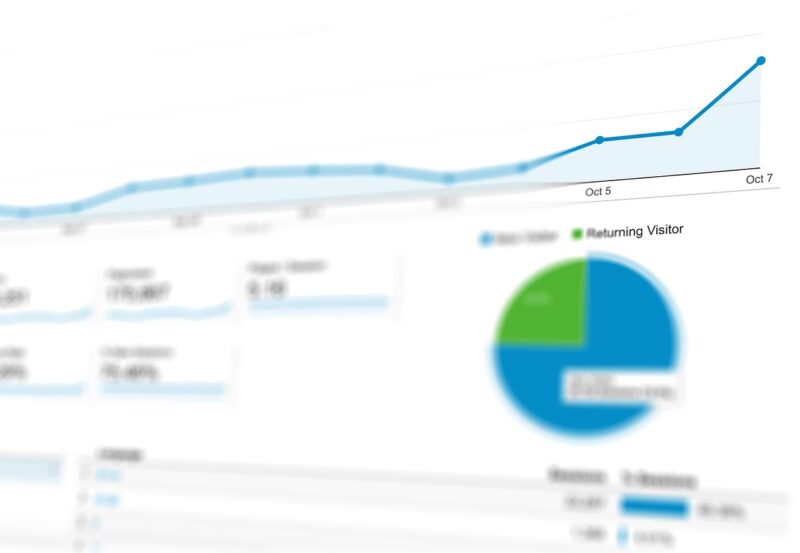Economics 101: How Supply and Demand Shape Everyday Prices
November 14, 2024

Understanding economics doesn’t have to be an overwhelming challenge filled with complex theories and graphs. In fact, the basic concepts of supply and demand provide a solid foundation for grasping how the economy functions and why prices fluctuate every day. This article will explore the fundamental principles of supply and demand, their interplay in influencing prices, and real-life examples that illustrate these concepts.
1. What is Supply?
Supply refers to the total amount of a good or service that the market can offer at various price levels. In simple terms, it answers the question: How much of this product are producers willing and able to sell at a given price?
Several key factors influence supply:
- Production Costs: If the cost of raw materials increases, producers may reduce supply since it becomes more expensive to create their goods.
- Technology: Advances in technology can lead to more efficient production methods, increasing the supply of goods.
- Number of Suppliers: As more businesses enter the market, the supply typically increases due to increased competition.
Knowing how supply behaves provides insight into how market dynamics shift based on various factors in the economy.
2. What is Demand?
Demand reflects how much of a good or service consumers are willing and able to purchase at various price levels. In essence, it answers: How much of this product do consumers desire at a certain price point?
Key factors that influence demand include:
- Consumer Preferences: Trends, advertising, and cultural shifts can significantly impact consumer desires and needs ment and therefore shift demand.
- Income Levels: Higher income levels typically lead to higher demand as people have more money to spend.
- Price of Related Goods: The price of complementary goods (like peanut butter and jelly) or substitutes (like coffee and tea) can also influence demand levels for a product.
Demand dynamics illustrate why prices for certain products fluctuate based on the perceptions and actual ability of consumers to buy them.
3. The Law of Supply and Demand
The law of supply and demand is a fundamental principle in economics, reflecting how prices are determined in a competitive marketplace. When demand exceeds supply, prices typically rise. Conversely, when supply outstrips demand, prices fall.
This law can be summarized as follows:
– If demand increases and supply stays the same, the prices will go up.
– If demand decreases and supply remains unchanged, prices will drop.
– If supply increases while demand stays constant, prices decrease.
– If supply decreases while demand remains unchanged, prices increase.
These reactions tend to find an equilibrium point, where the quantity of goods supplied equals the quantity demanded at a specific price.
4. Real-Life Examples of Supply and Demand in Action
To illustrate these principles, consider the following scenarios:
Example 1: The Rise of Electric Cars
As environmental awareness grows and technological advances occur, the demand for electric cars has surged. Major manufacturers have ramped up production, resulting in an increase in supply. However, when supply cannot keep pace with rapidly increasing demand—such as at the release of a new model—prices may temporarily increase due to perceived scarcity.
Example 2: Seasonal Availability of Fruits and Vegetables
Many fruits and vegetables are subject to seasonal harvests. During peak seasons, supply is plentiful, and prices typically decrease. Conversely, during off-seasons, supply diminishes, resulting in higher prices. For instance, strawberries in the summer are abundant and affordable, while the same fruit may be much more expensive in winter when they are imported from far-off places.
Example 3: Technology and Gadget Releases
Take the latest smartphone release: when a highly anticipated model launches, initial supply may be limited due to high manufacturing demand. As consumers rush to buy, demand surpasses supply, leading to inflated prices. Over time, as more units become available, prices stabilize.
5. Conclusion: The Continuous Dance of Supply and Demand
In summary, the concepts of supply and demand are essential for understanding price formation in everyday life. By recognizing the factors that influence supply and the motivations driving demand, individuals can make informed decisions as consumers and investors. Whether evaluating price changes for groceries, anticipating housing market shifts, or understanding the latest trends in technology, grasping supply and demand fundamentals equips you with knowledge to navigate the economic landscape effectively.
So, the next time you notice price fluctuations at your local store or during online shopping, remember the invisible hands of supply and demand at work. These factors shape your purchasing experiences, reflecting broader economic trends and market behaviors. Ultimately, economics is not just a distant theory—it is a part of our daily lives that significantly affects how we make choices and understand our world.







